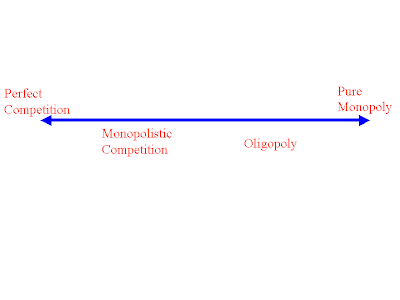Concepts of Cost
The concept of cost is very important in micro economics because it is used to find out total revenue, total cost determines the amount of profit. Therefore a firm always tries to minimize its cost. In order to produce goods, a firm uses materials and factors of production (land, labour, capital etc.) called - inputs. The expenditure incurred on these inputs is called - cost of production.
In economics, the term 'cost' is used in a variety of way such as:
- Money cost
- Real cost
- Opportunity cost
- Explicit cost
- Implicit cost
- Private cost
- Social cost
- Accounting cost and
- Economic cost
Short - run and Long - run Cost
When economists examine firms over time they must define the short-run and long-run.
- Short run:
- Only some input (e.g. labour) can be adjusted
- Not enough time to adjust all input ( such as Capital(K))
- Long run:
- Long enough time to adjust all input (K as well as Labout(L))
Short - run Total Cost
In short - run, some factors of production are fixed while some are variable. Accordingly, the costs of production of the firm in the short - run are divided into fixed costs and variable costs.
1. Total Fixed Costs (TFC)
- Total costs of fixed factors are known as Total Fixed Costs.
- These costs don't vary with the change in volume of output.
- Whether the output is zero or maximum, fixed costs remain the same.
- These costs are also known as supplementary costs or indirect costs.
- Total fixed costs include costs like as rent, wages of permanent employees, interest on fixed capital, insurance charges and property tax.
2. Total Variable Cost (TVC)
- Total variable costs are cost of variable factors.
- When output changes these costs also change.
- As the output increases, these cost also increase and vice-versa.
- When output is zero, these costs are also zero.
- These costs are also called Prime cost or Direct cost.
- Total variable costs include expenses like as purchases of raw materials, wages of casual labour, expenses on electricity etc.
3. Total Cost (TC)
- Total costs are the total expenses incurred by a firm in producing a given quantity of a commodity.
- Total costs consist of total fixed costs (TFC) and total variable costs (TVC).
- Hence, TC = TFC + TVC








